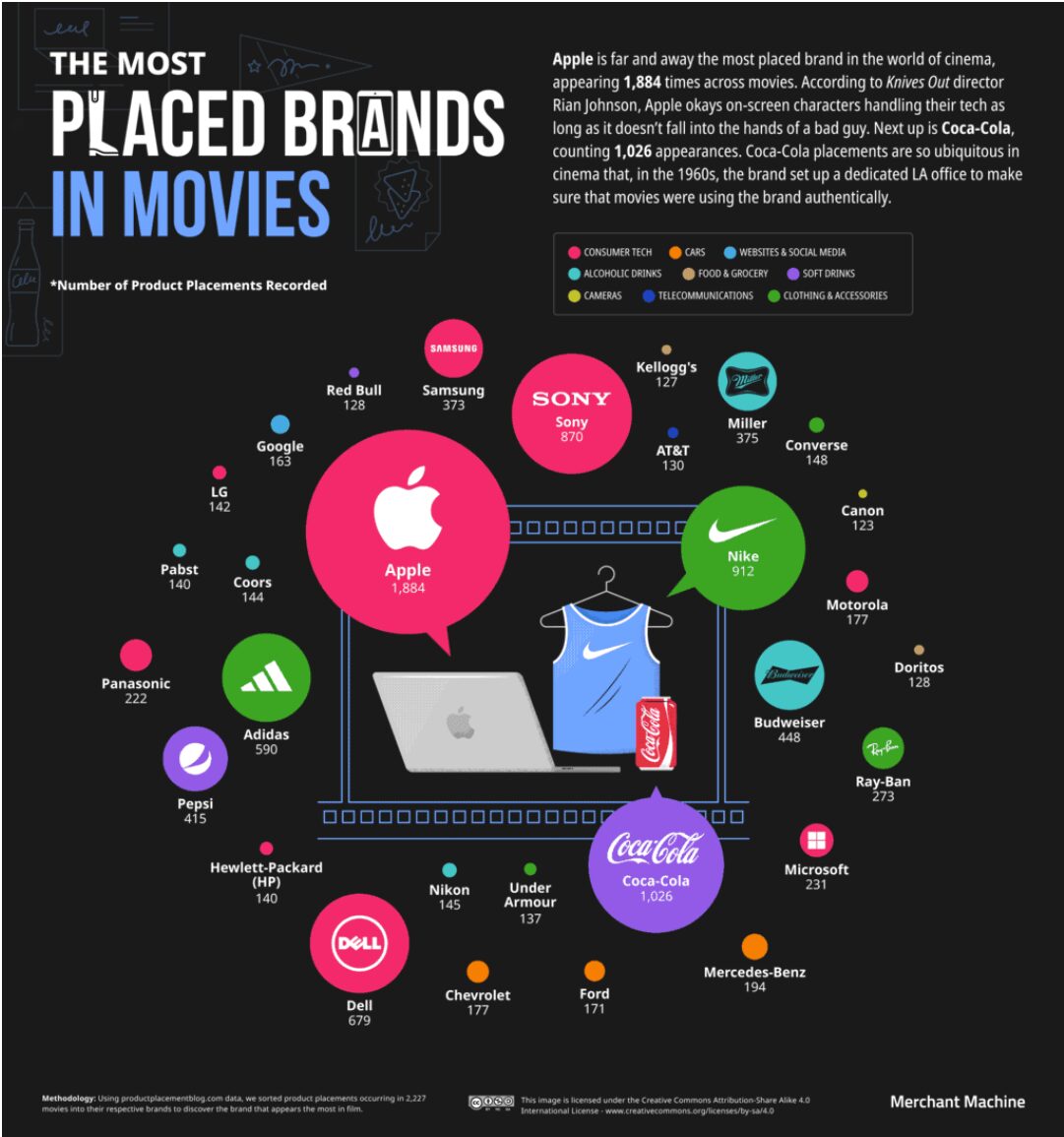The “skincare revolution” popularized by influencers and skincare experts, often called “skinfluencers,” has also affected consumer behavior globally. Products like serums, sheet masks, and sunscreens have become essential for many, particularly among younger consumers, who follow elaborate skincare routines popularized by influencers. Korean beauty (K-beauty) products, in particular, have seen a surge in popularity worldwide due to the influence of K-pop culture and Korean dramas, which often feature beauty-conscious characters.
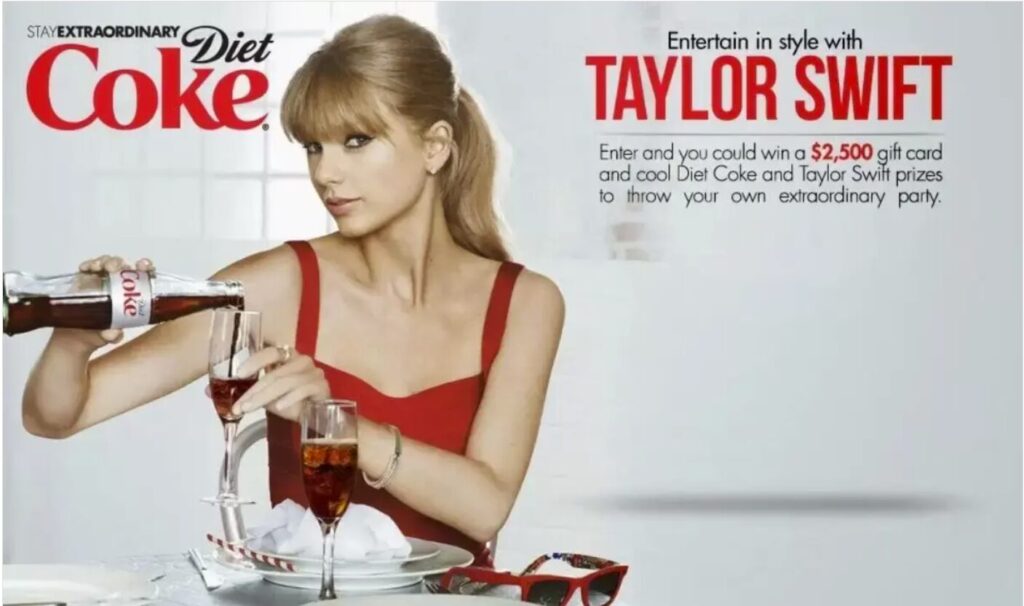
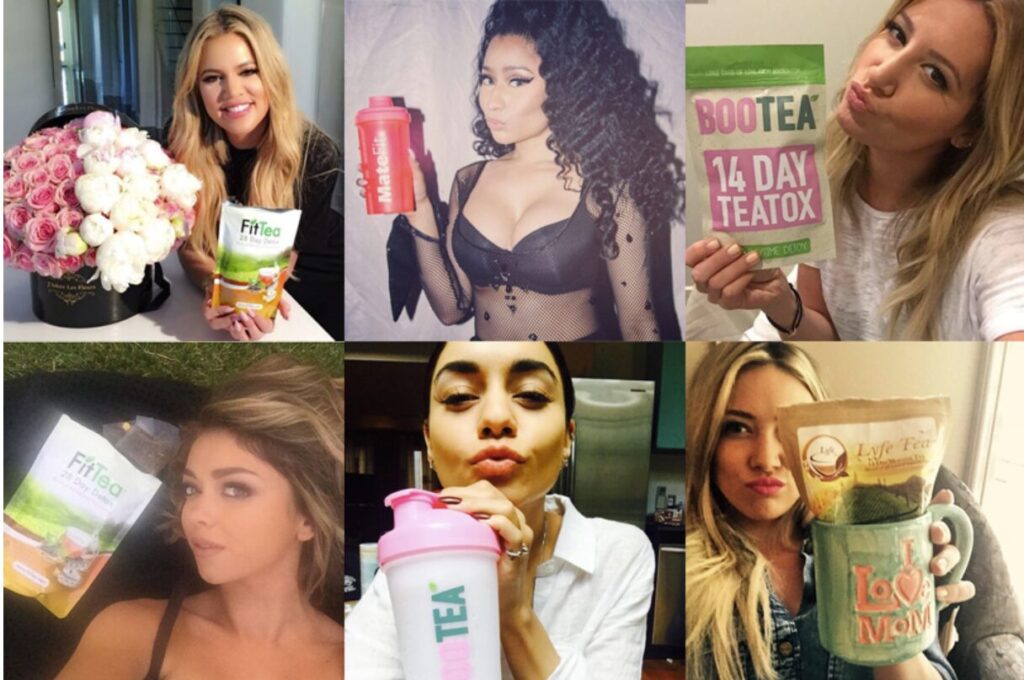
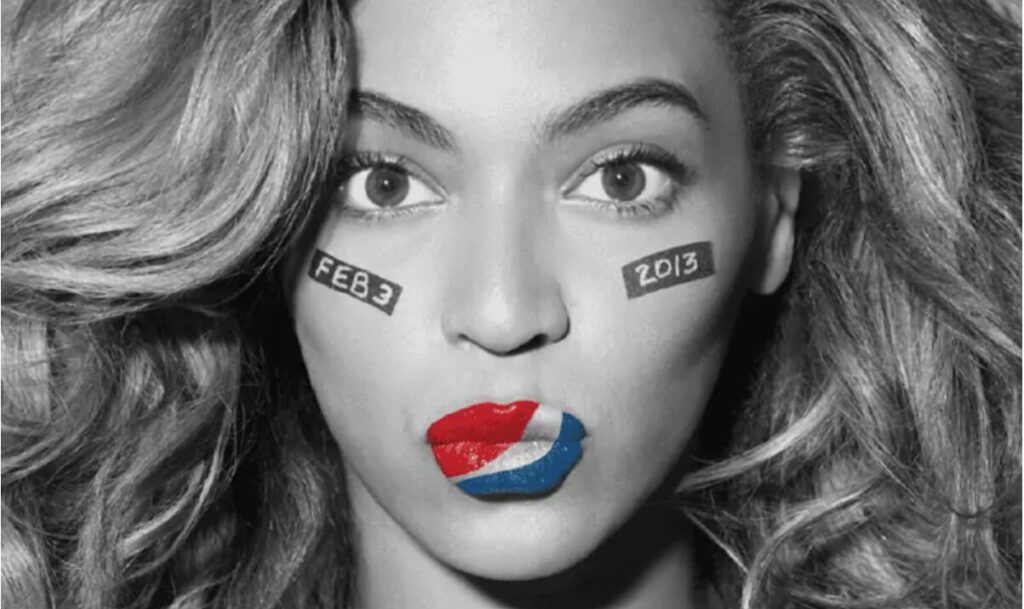
The beauty industry also reflects regional nuances in pop culture influence. For example, in Japan, pop culture emphasizes minimalist and natural beauty, which has led to the rise of products that promote a subtle, “barely there” makeup look. In contrast, in the Middle East, beauty influencers often promote glamorous and bold makeup looks, which has shaped consumer preferences for more dramatic products, such as heavy contouring kits and bold lip colors.
Food and beverage consumption is not immune to the influence of pop culture. The rise of food-centric shows, cooking channels, and food bloggers on social media has transformed eating habits and consumption patterns. Pop culture has turned eating and cooking into not just daily activities, but also expressions of identity, lifestyle, and social status.
For instance, the rise of veganism and plant-based diets can largely be attributed to celebrity endorsements and pop culture trends. Influential figures like Beyoncé, Billie Eilish, and Joaquin Phoenix have promoted veganism as a lifestyle, encouraging their followers to adopt plant-based diets. This has resulted in a surge in demand for vegan products, including plant-based meat alternatives from companies like Beyond Meat and Impossible Foods.
Food influencers, often referred to as “foodies,” have a significant impact on the way people eat and the types of restaurants they visit. Instagram and TikTok, in particular, have fueled the popularity of food trends, such as “rainbow bagels,” “unicorn lattes,” and more recently, viral TikTok recipes like baked feta pasta. Restaurants and food brands have started adapting their offerings to appeal to these viral trends, knowing that consumer demand can quickly follow.
Beverages have also been shaped by pop culture. The rise of coffee culture, driven by TV shows like “Friends” or the increasing visibility of coffee shops in mainstream media, has elevated brands like Starbucks to iconic status. Similarly, health-conscious trends promoted by celebrities and influencers, such as the preference for green smoothies, matcha lattes, or kombucha, have driven demand for these drinks across the globe.
The entertainment industry is both a product of pop culture and a powerful force that shapes consumer behavior. Pop culture drives demand for media products like movies, TV shows, music, and video games, and in turn, these media products influence consumer choices in other categories.
Streaming services like Netflix, Disney+, and Amazon Prime Video have grown exponentially as consumers seek instant access to the latest pop culture content. The global spread of popular TV series, such as “Stranger Things” or “The Mandalorian,” often drives not only media consumption but also merchandise sales, including clothing, action figures, and themed food products. Fandom culture, fueled by pop culture, creates devoted consumer bases that purchase products tied to their favorite shows, movies, or celebrities.
Music is another key area where pop culture influences consumer behavior. Global music icons, from The Beatles and Michael Jackson in the past to BTS and Taylor Swift today, often lead cultural movements that shape everything from fashion trends to consumer products. For example, the rise of K-pop, led by bands like BTS and Blackpink, has resulted in increased demand for K-pop merchandise, cosmetics, and fashion associated with these artists.
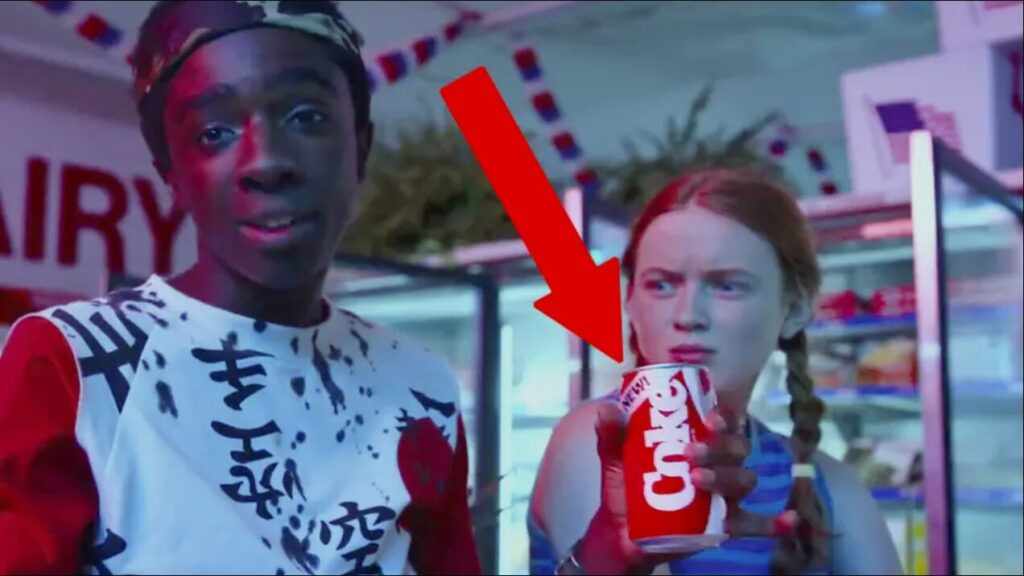
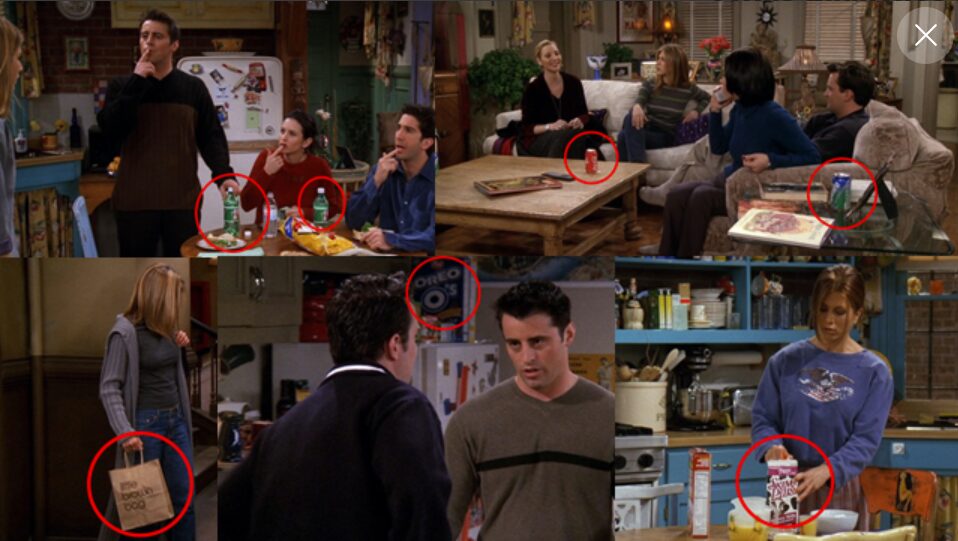
While pop culture has a global reach, its influence is not uniform across different regions of the world. Cultural, social, and economic factors play a role in how pop culture is received and how it shapes consumer behavior in different markets.
In Europe and North America, Western pop culture has been dominant for much of the 20th and 21st centuries. American pop culture, in particular, has shaped global consumer behavior through Hollywood films, music, and fashion. Brands like Nike, Coca-Cola, and Apple have become symbols of Western pop culture and are consumed worldwide.
However, European pop culture also exerts a strong influence, particularly in the areas of fashion and art. Cities like Paris, Milan, and London are cultural hubs that dictate fashion trends, and European luxury brands like Gucci, Louis Vuitton, and Chanel are seen as status symbols across the globe.
Asian pop culture, especially from countries like South Korea and Japan, has gained significant influence in recent years. The global spread of K-pop, K-beauty, and Korean dramas has not only transformed consumer behavior in Asia but also in North America, Europe, and Latin America. Consumers around the world are now purchasing Korean beauty products, adopting Korean fashion trends, and even learning Korean in response to the growing popularity of Korean pop culture.
Japanese pop culture, particularly in the form of anime, manga, and video games, has also had a profound impact on global consumer behavior. Major franchises like Pokémon, Dragon Ball, and Naruto have generated massive fandoms, resulting in strong demand for merchandise, video games, and other related products.
In emerging markets like Africa, Latin America, and the Middle East, the influence of pop culture is also significant, though it often intersects with local traditions and cultural practices. In Africa, for example, Nigerian pop culture, led by Nollywood (the Nigerian film industry) and Afrobeats music, has created unique consumer patterns. Nigerian artists like Burna Boy and Wizkid have achieved international fame, bringing African fashion, music, and lifestyle products to a global audience.
In Latin America, pop culture is shaped by a mix of global influences and local traditions. Telenovelas, for example, have a profound influence on fashion, beauty, and even food consumption across the region. Meanwhile, Latin music, led by reggaeton and artists like Bad Bunny and J Balvin, has become a global phenomenon, influencing consumer preferences for fashion, entertainment, and more.
Pop culture is a powerful force that transcends borders and influences consumer behavior around the world. From fashion and technology to food and entertainment, pop culture shapes what people buy, how they live, and how they express their identities. Its impact is amplified by the rise of social media, which has made it easier than ever for trends to spread across the globe in real time.
The effects of pop culture on consumer behavior vary by product category and region, but one thing is clear: pop culture has the ability to drive consumption patterns and create new markets. Brands and businesses that can tap into the cultural zeitgeist and align themselves with pop culture trends have the opportunity to influence consumer behavior and achieve commercial success on a global scale.


